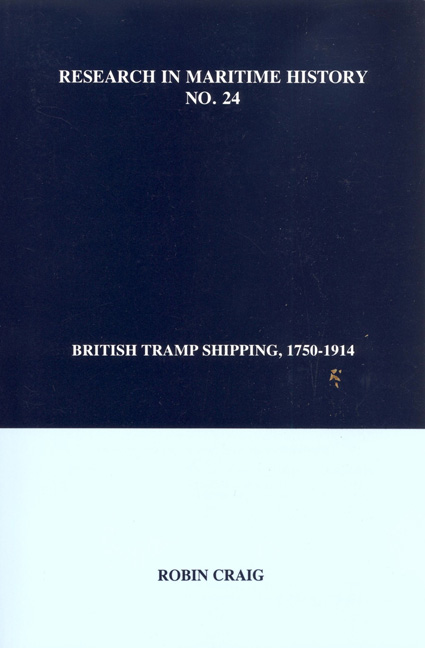Introduction
Summary
Early childhood embodied a pleasant mix of sand and sea - and ships. Home was the curiously named Borwick Rails, facing south across the beautiful Duddon Estuary in the extreme south of Cumberland. The house, which was a prominent sea-mark for ships, was situated only a few hundred yards from a wharf or quay, connected by a railway to an ironworks nearby with six blast furnaces. Behind the house was the Victorian town of Millom, created in mid-century as the result of the discovery of a large ore body of extremely high quality. Once mining had begun at Hodbarrow, an ironworks soon followed, and settlement at Millom grew rapidly, drawing workers from Cornwall and North Wales as well as from rural Cumberland.
My bedroom window faced across the Duddon Estuary towards the Furness district of Lancashire. On my left lay the ironworks, and beyond, the somewhat gloomy mountain Black Combe, an eminence which formed the western and southern periphery of much of the beautiful Lake District. To my right there was the Hodbarrow ore field with its Cornish-type beam pumping engines, its two great barriers against the encroaching sea and, close by, the separate wharf of the Hodbarrow Mining Company. Beyond to the west lay the open sea with the Isle of Man distant on the horizon.
The Millom Ironworks wharf and the Hodbarrow wharf ran approximately east and west separated by a small tidal creek which, with its tar-coated shed and sawdust, was the focus of my infant explorations. Behind our home another railway siding served to accommodate the large “Pease and Partners“ coke wagons which brought coke from the Darlington area across the Pennines to the ironworks.
So this was an industrial area, which had a brief but intense history of maritime activity, including shipbuilding on a modest scale to provide the little sailing ships that served the iron ore trade and the ironworks. The ironworkers produced very high quality pig iron much in demand by foundries and steelworks in many parts of the United Kingdom. Little saddle-tank locomotives shunted wagons to the wharves, and a steam crane was available for unloading cargo. This world of mining, iron smelting, railways and shipping was the world that fascinated a somewhat lonely child.
- Type
- Chapter
- Information
- British Tramp Shipping, 1750–1914 , pp. 1 - 14Publisher: Liverpool University PressPrint publication year: 2003

